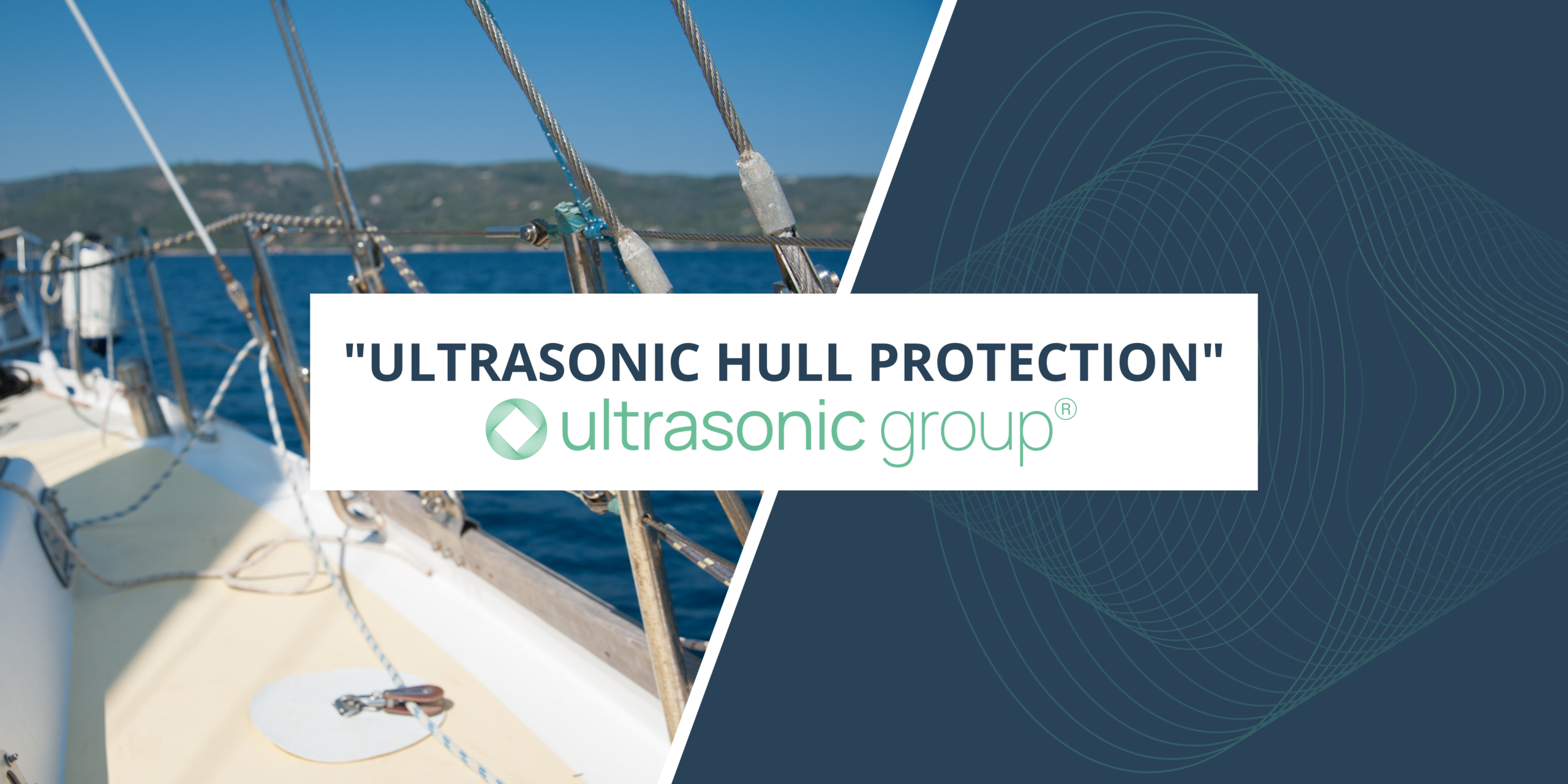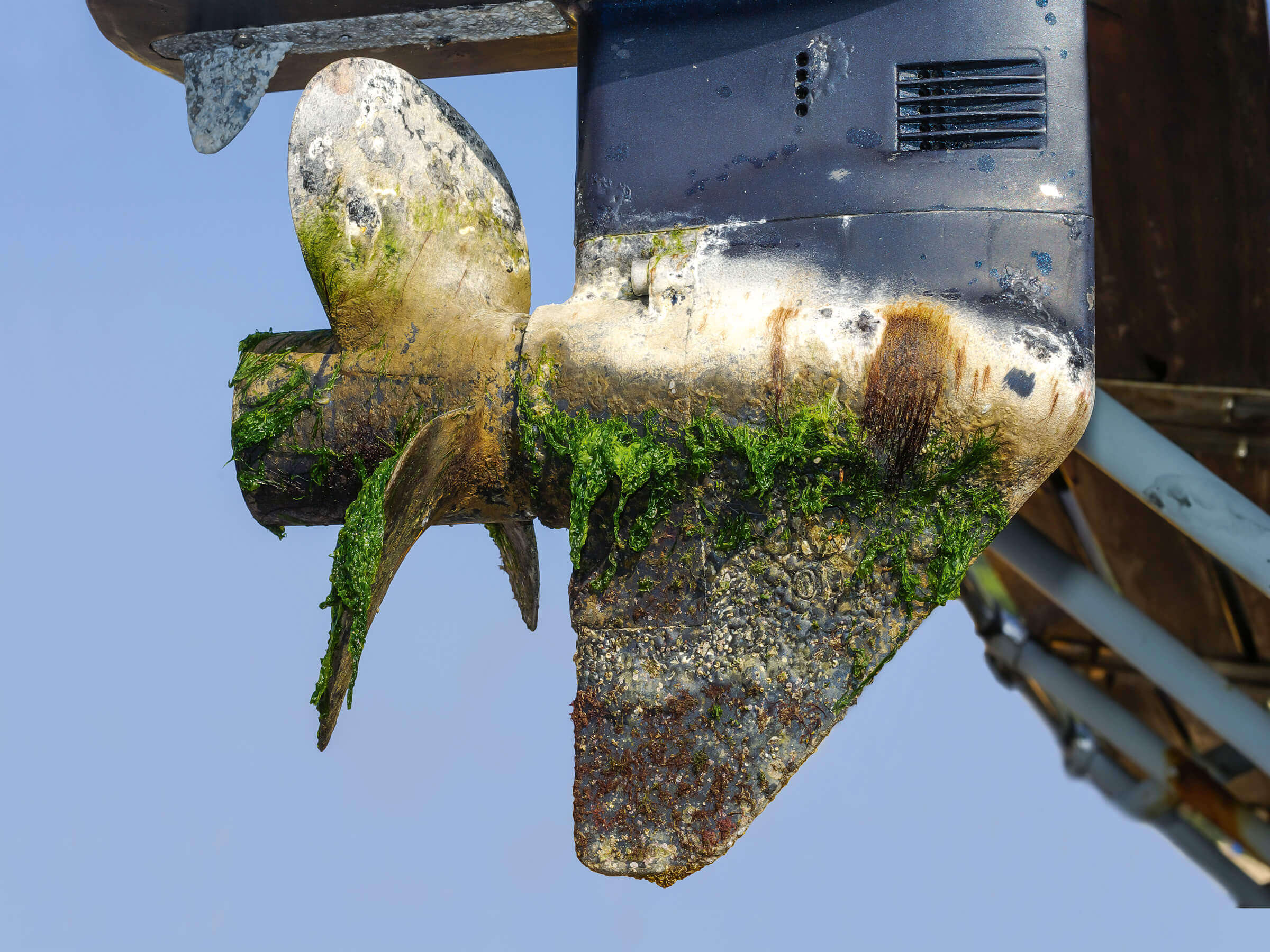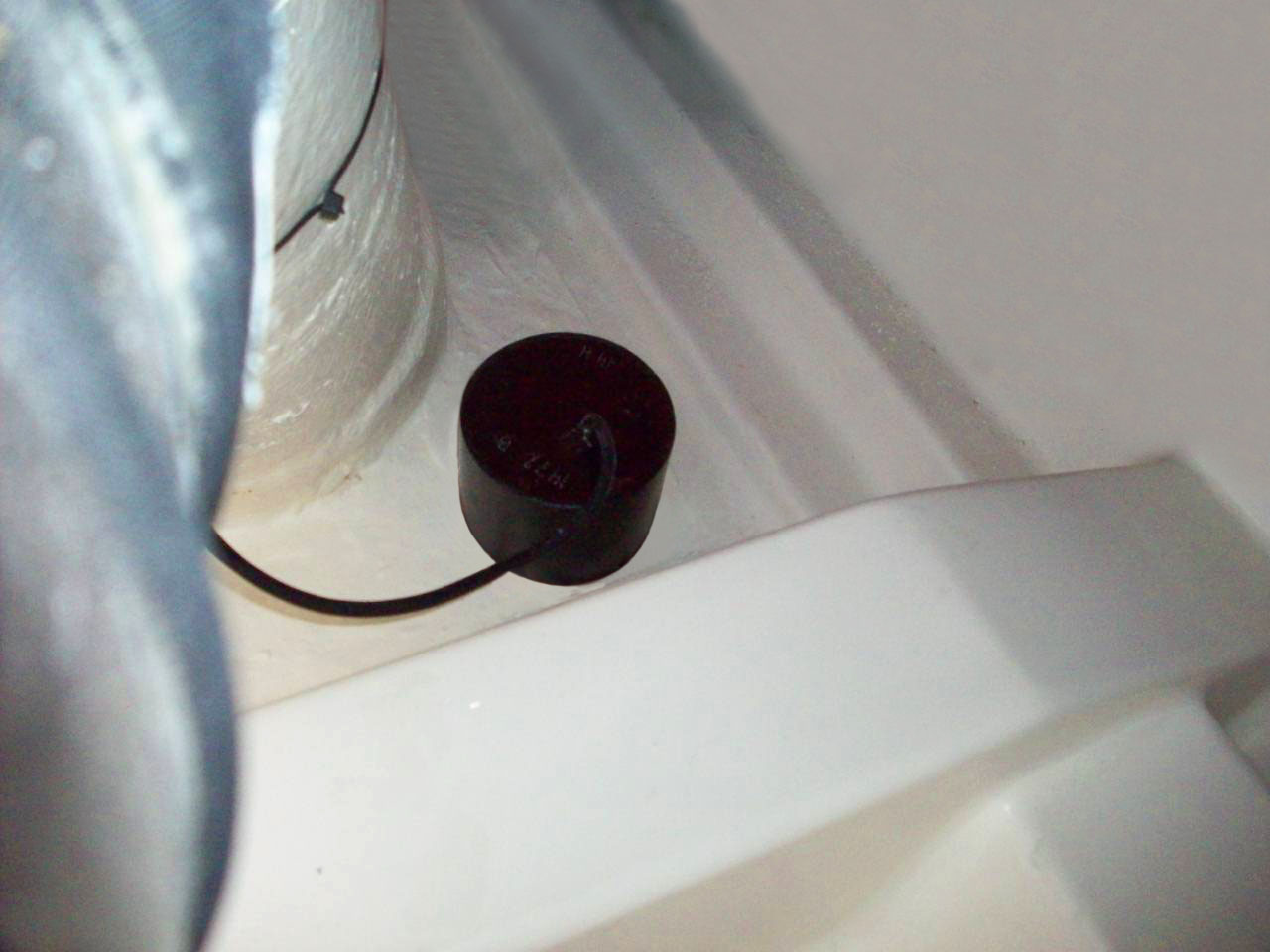Chris Valkiers, owner of a sailing boat (Trintella 42) located at RYCB (Royal Yacht Club Belgium) in Antwerp, experienced a lot of problems with his boat. Every year Chris had a series of problems on the underwater part of the boat, mainly biofouling.

"*" indicates required fields
Chris’ sailboat was experiencing a lot of problems especially on the hull and propeller of the boat. After each season, there was a huge buildup of biofouling whenever Chris had his boat taken out of the water. Biofouling consists of; mussels, pox and shells. This fouling was present over and over again on both the hull and the propeller of the boat. Chris found that it was the maintenance that worried him the most.
To get rid of these problems, Chris was required to use a lot of chemicals to get rid of the fouling on the hull and propeller. First of all, this was a job that took a lot of hours (about a whole day a year). In addition, this job was also very taxing on the back and shoulders. Each time Chris went to work with a scouring sponge, a bucket with chemicals or even a high pressure jet to get this fouling (temporarily) off his hull and screw.
Not only does maintaining these problems take a tremendous amount of time, there are also a lot of costs involved. For example, Chris spent a lot of money on chemicals like (acids, salt water,etc…) and equipment (hard/soft brush, pressure washer, etc…).
The general cost to maintain a sailboat is between €750 and €5000 per year, or about 5% or 10% of the purchase price of the boat.

To save the annual maintenance costs on the boat’s hull and propeller, a device from Ultrasonic Group was used. This device works on the basis of ultrasound and eliminates biofouling by working with vibrations emitted at a frequency of 20kHz and above. In addition, ultrasonic is effective against the presence of algae. This is because the vibrations cause the vacuole of the algae to explode, and as a result die off. It is an ecological solution to protect the boat and ensure a longer life of the underwater hull.
1 transducer was placed on the inside of the hull above the waterline. This was fixed with a unique 2-component adhesive that allows the ultrasonic waves to pass through. With the antifouling already applied to the hull of the boat, the ultrasonic waves can resonate with the hull, protecting it from biofouling. This is because the biofilm is broken down by ultrasound.
The device needs to be powered 24/7 so a power switch between battery (12V) and shore power (230/240V) was provided. In addition, the device itself contains no buttons to make it as user-friendly as possible.

After 1 season the sailboat was taken out of the water to see the result of the transducer. The result was positive, as there was no shell, mussel or pockmark on either the hull or the propeller of the boat. Moreover, there was no more algae growth, just some fouling that was easily wiped away with a sponge.
Normally cleaning the hull of the boat takes about half a day, now it only took 10 minutes. With the help of a water hose the hull and the propeller could easily be hosed off. This to the amazement of both the customer and the port staff.
Chris Valkiers is a satisfied customer, according to feedback.
When taking the sailboat out of the water, the huge smile on Chris’ face showed how satisfied he was with the result. No trace of biofouling, in conclusion, the appliance has done its job well. Chris would certainly recommend the appliance to others for the following reasons. Firstly, it is an environmentally friendly solution that does not harm the fish and no chemicals are used. Secondly, it saves a lot of time and energy, which will also result in saving costs and pain in the back and shoulders.
Ultrasonic Group’s device meets Chris’ expectations 100% of the time.
It is a relief for him to know that there is an alternative solution that keeps the underwater ship clean of biofouling in an ecological and efficient way.